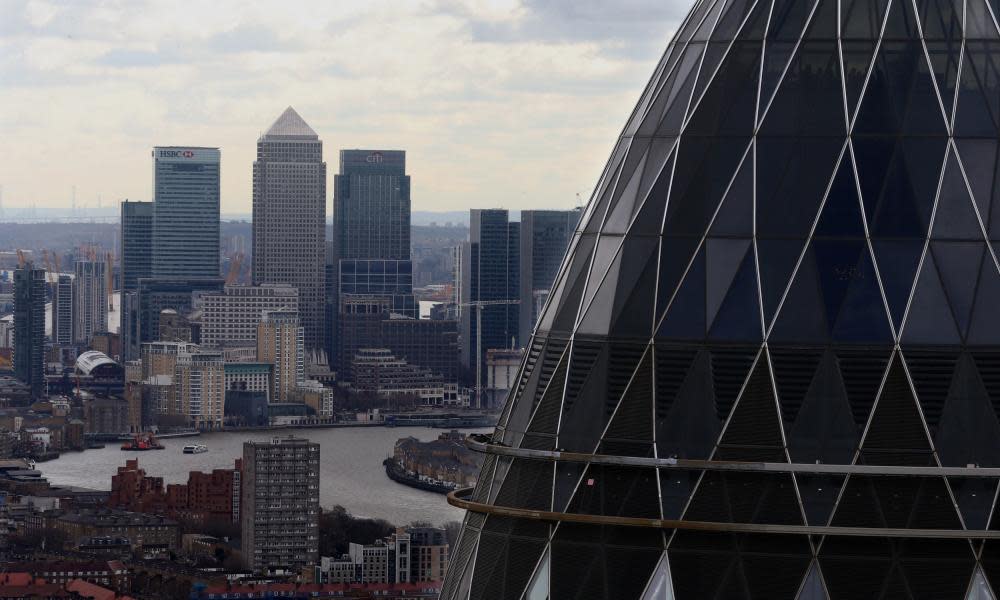Building solutions to the climate crisis

Theresa May’s initiative to decarbonise the UK economy by 2050 has been estimated to cost £50bn per year (theguardian.com, 6 June). It is hoped that by taking leadership in this way, others will follow. However, the world’s emissions are already changing the Earth’s climate, and such changes will only get larger as emissions of greenhouse gases continue.
As an example, Namibia is being forced by one of its most intense droughts on record to raise $1m by auctioning off some of its wildlife. This shouldn’t be necessary. If the UK were to give just 1% of this £50bn per year to help climate adaptation efforts in the developing world – for example, supporting investment in solar-powered desalination infrastructure in drought-prone countries – this would send a powerful signal that it is taking seriously not only its future emissions but also its responsibilities for past and ongoing emissions.
Tim Palmer
Royal Society research professor in climate physics, University of Oxford
• Did the story “Extreme weather triggers fastest carbon emissions rise in a decade” (12 June) make you wonder why? The UK emissions 2018 progress report to the Committee on Climate Change showed that after nearly a decade of falling emissions from buildings, they shot up in 2018. Proffered solutions focus on more technology. Nowhere is it mentioned that modern building design itself is deeply flawed and that regulations are resulting in ever more over-serviced, climate-vulnerable building types.
These are lightweight, unshaded, with overglazed walls, completely reliant on mechanical heating, cooling and ventilation life-support systems, with no internal thermal mass to absorb or release excess heat for night-time heating or cooling. Few have natural ventilation either. Two simple regulations would mean engineers, architects and planners would have to create climate-ready buildings. They could also ensure the lights stay for summer demand peaks, people do not roast in their new homes and workplaces and buildings don’t need to be evacuated when the power fails during extreme peaks. Make it mandatory on new buildings to have solar hot water and photovoltaic panels, and at least 25% of windows to be opening. Simples.
Susan Roaf
Oxford
• Join the debate – email guardian.letters@theguardian.com
• Read more Guardian letters – click here to visit gu.com/letters
• Do you have a photo you’d like to share with Guardian readers? Click here to upload it and we’ll publish the best submissions in the letters spread of our print edition

 Yahoo News
Yahoo News 
